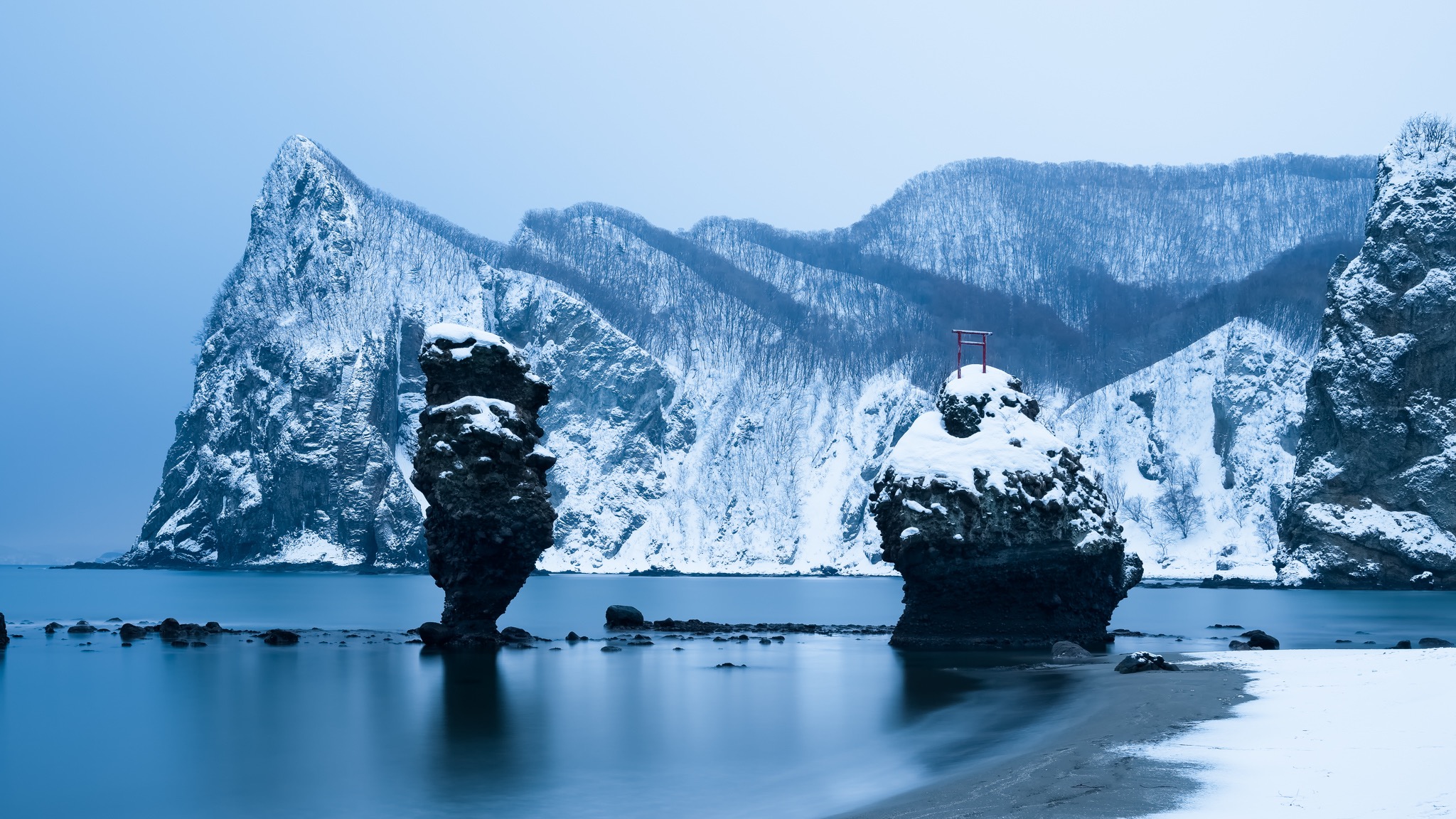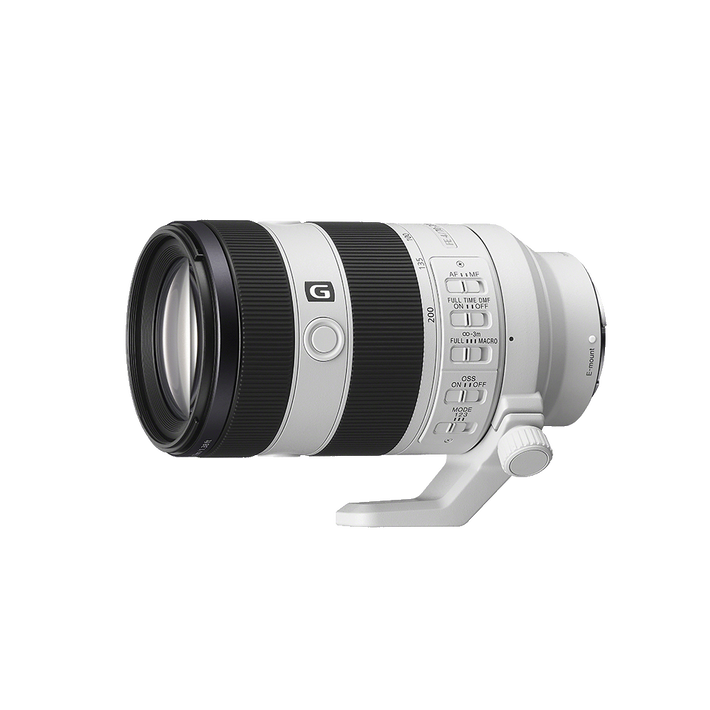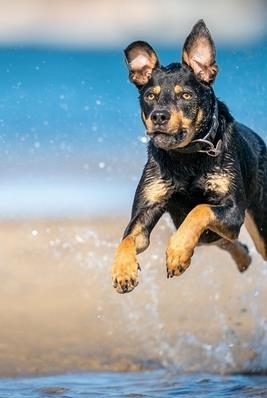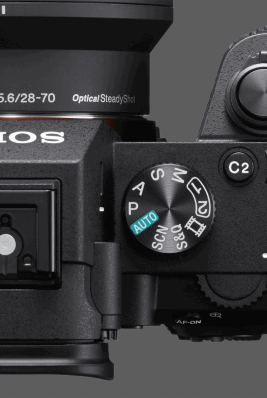The harshest conditions can reap some rare and rewarding images. Here are some tips to help you get the best out of some snowy situations.
1. Be prepared: You know you are going to be in the cold for extended periods of time. The first thing you will want to do is look at the weather forecast and check conditions. Prepare both your clothing options and camera equipment suitably before you head out.

2. Lens hoods: So many times I have thrown lens hoods into the bottom of the drawer and not had a need for them. During snow fall however, they are a necessary item to keep snow flakes off the front element. A small umbrella can also be incredibly useful when shooting with a tripod. In saying this, they will not guard them all, so best to have a high-quality microfiber cloth on hand too.

3. Overexposure: Camera metering modes expose for mid-grey by default. This is great for most photography, but when we are in the snow there is a lot of snow, and snow is white. If you shoot as your camera suggests, you will find you images become grey and muggy. In the snow we want it to appear its proper white colour. Overexpose your image by a stop or two or be ready to correct it in post-processing.

4. Fingerless gloves: Having frozen hands isn't going to help operate your camera. Gloves which you don't have to fully remove, but can uncover your fingertips are the way to go in the cold conditions.

5. Shutter speed: Fast shutter speeds of 1/500 and upwards will freeze the snowflakes as they fall. Slow shutter speeds of 1/30 and lower will give the snowflakes a dreamy, blurry look as they fall to the ground. They will make polar opposite images, but both will add a different emotion to a scene.

6. Manual Focus: During snowfall, your camera's autofocus will spend a lot of time jumping from one snowflake to another. For this reason, it is recommended to use manual focus. Alternatively, use autofocus to get your focus and then change to manual focusing to prevent the focus shifting to the movement of the snow.

7. Footprints: It might seem like an obvious one, but you leave tracks in the snow. Unless you are a swan, duck, fox or monkey, try not to spoil the scene for others. Make sure everyone is happy with his or her images before you dive in and start making snow angels.
















